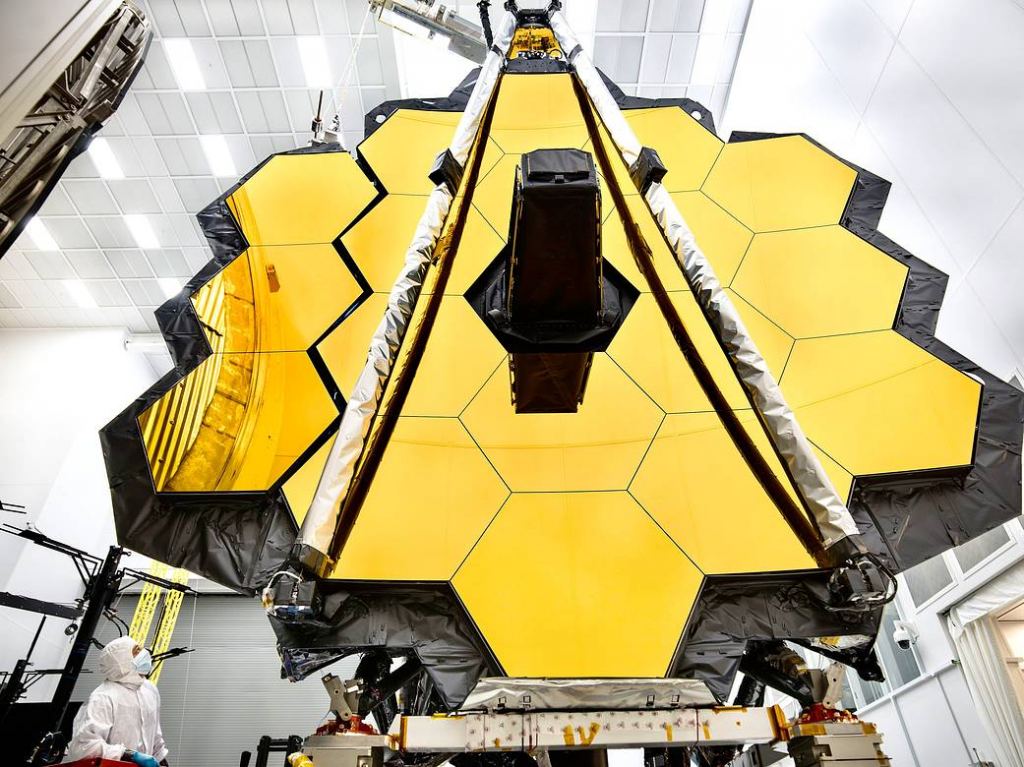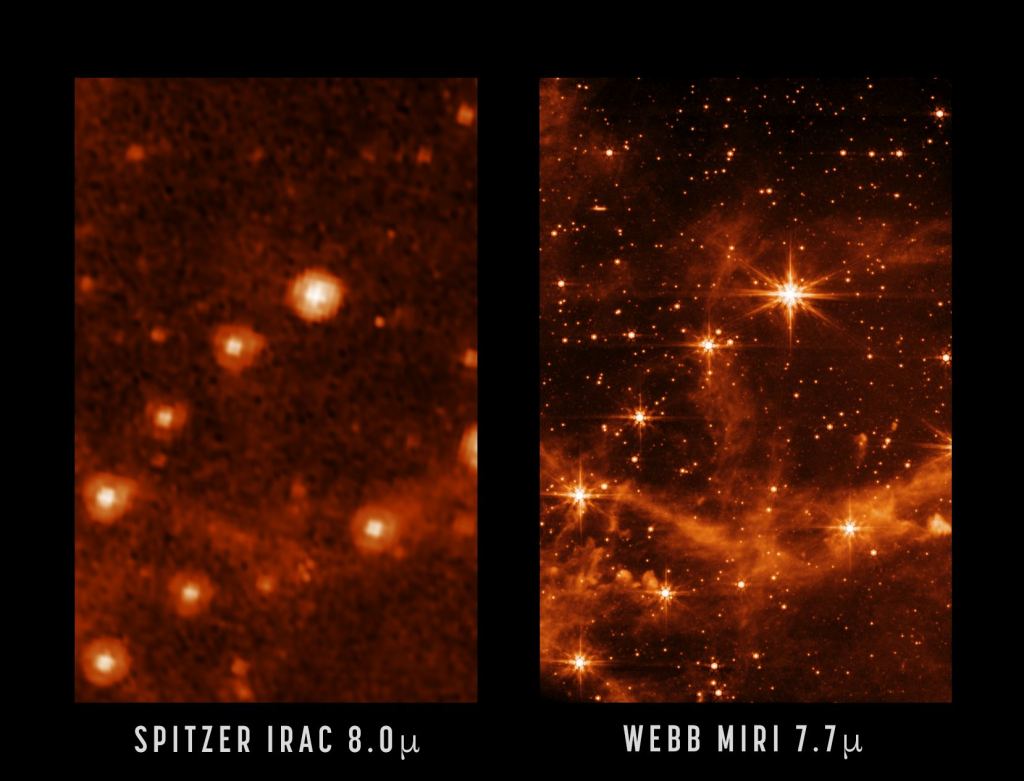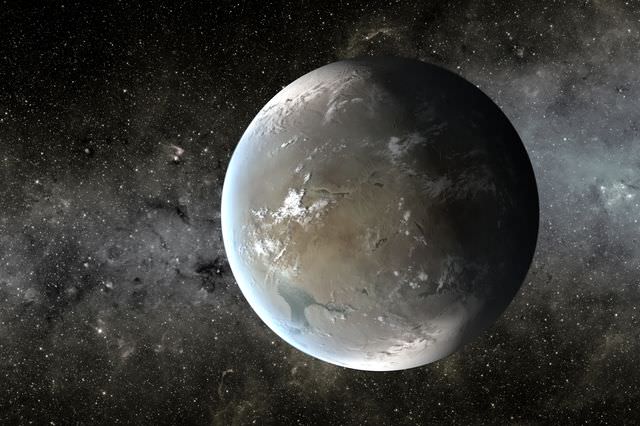We're about to reach a milestone that many thought we would never reach. After years of wrangling, cost overruns, threats of cancellation, and lobbying by the science community, the James Webb Space Telescope is only weeks away from its first images.
The Hubble Space Telescope barely got going before scientists started thinking about the telescope that would come next. In the early 1990s, serious planning for the JWST got underway, with an initial launch date set for 2007. At that time, the budget was set at $500 million.
The design evolved, and by 2005 there was a significant re-design. There were complications, reviews, and the Senate at one time threatened to cancel the entire project because of the project's poor financial performance. But there was a concerted lobbying effort, and the project kept going. The scientific rewards were too tempting to let the project fail.
We're halfway through 2022 and on the verge of getting our first images. An entire generation of astronomers has grown up waiting for the JWST to finally launch. And while the project is a cooperative effort between NASA, the ESA, and the Canadian Space Agency, one gets the sense that the whole world has a stake in the telescope's success.
After a long period of testing and calibration, we're on the eve of a new era of discovery.
"As we near the end of preparing the observatory for science, we are on the precipice of an incredibly exciting period of discovery about our universe. The release of Webb's first full-colour images will offer a unique moment for us all to stop and marvel at a view humanity has never seen before," said Eric Smith, Webb program scientist at NASA Headquarters in Washington. "These images will be the culmination of decades of dedication, talent, and dreams – but they will also be just the beginning."
The anticipation has been building for years, and an international committee of scientists has created a list of initial targets for the JWST. The first images are designed to showcase the telescope's powerful capabilities. They'll also whet our appetites for the in-depth science to follow.
"Our goals for Webb's first images and data are both to showcase the telescope's powerful instruments and to preview the science mission to come," said astronomer Klaus Pontoppidan, Webb project scientist at STScI. "They are sure to deliver a long-awaited 'wow' for astronomers and the public."
The JWST is so powerful that even the people operating are uncertain about what to expect. They know the images will be amazing, but they can't tell us in advance exactly how amazing. "Of course, there are things we are expecting and hoping to see, but with a new telescope and this new high-resolution infrared data, we just won't know until we see it," said STScI's lead science visuals developer Joseph DePasquale.
The JWST team will use the first images to highlight the science themes behind the mission. Those themes are the early universe, the evolution of galaxies through time, the lifecycle of stars, and other worlds. So no matter what your particular jam is when it comes to space, you'll likely find something to marvel at.
Once the telescope gets going, the results of a competitive process will determine what follows. But as with other telescopes, expect a steady stream of stunning images and published papers. Also, expect some of our biggest questions in astronomy, cosmology and astrophysics to be pried open a little further, if not answered outright.
Like other telescopes and observatories, we can expect the unexpected, too. New missions often surprise us with their findings, and the JWST will be no different.
After years of waiting, there are only a few weeks to go. And if it doesn't sound too grandiose, July 12th could herald a new era in space science.
More:
- NASA: First Images From NASA's Webb Space Telescope Coming Soon
- NASA: MIRI's Sharper View Hints at New Possibilities for Science
- Universe Today (A Blast from the Past): James Webb Space Telescope Takes The Gloves Off
 Universe Today
Universe Today



